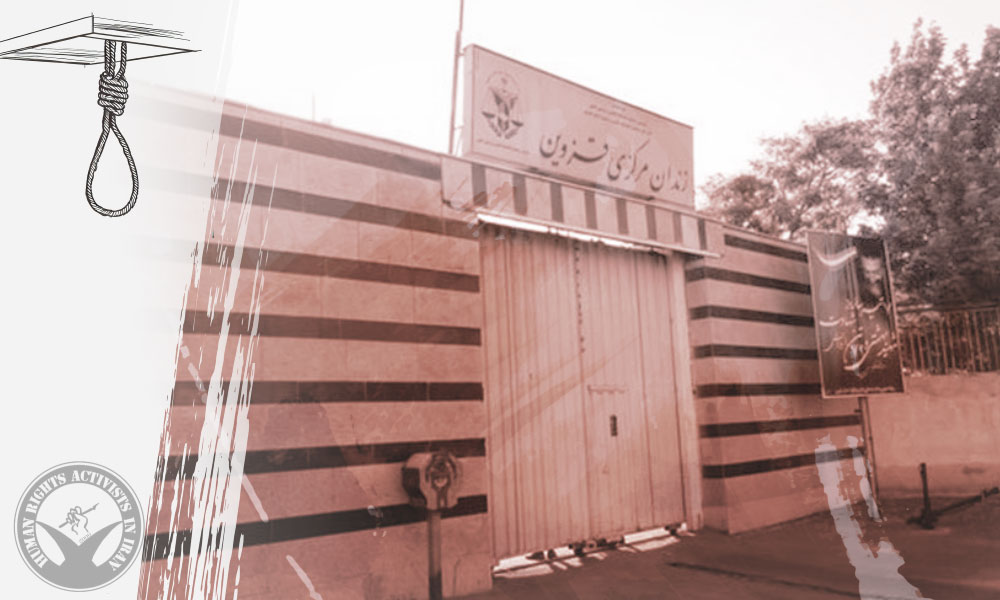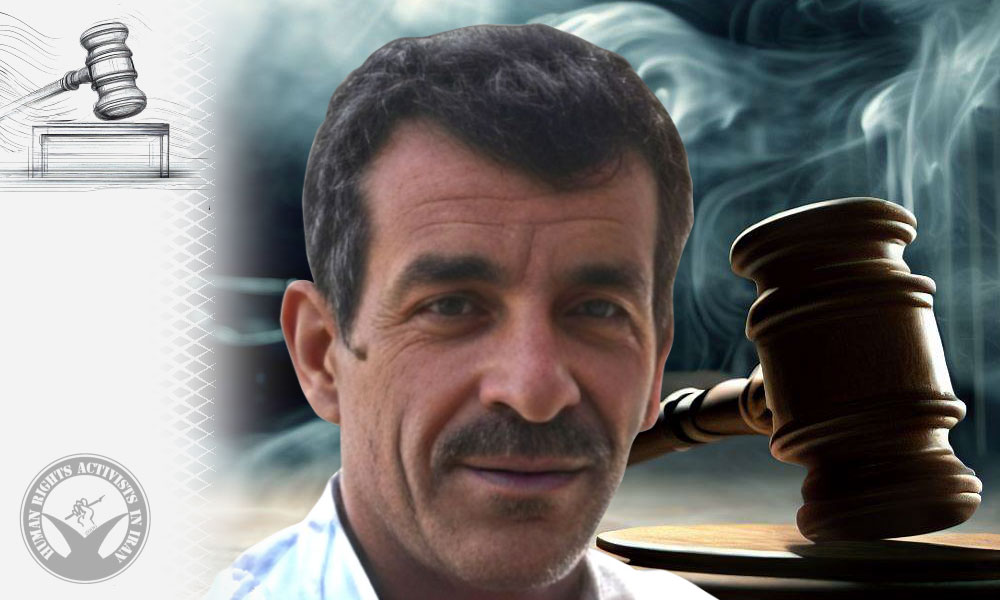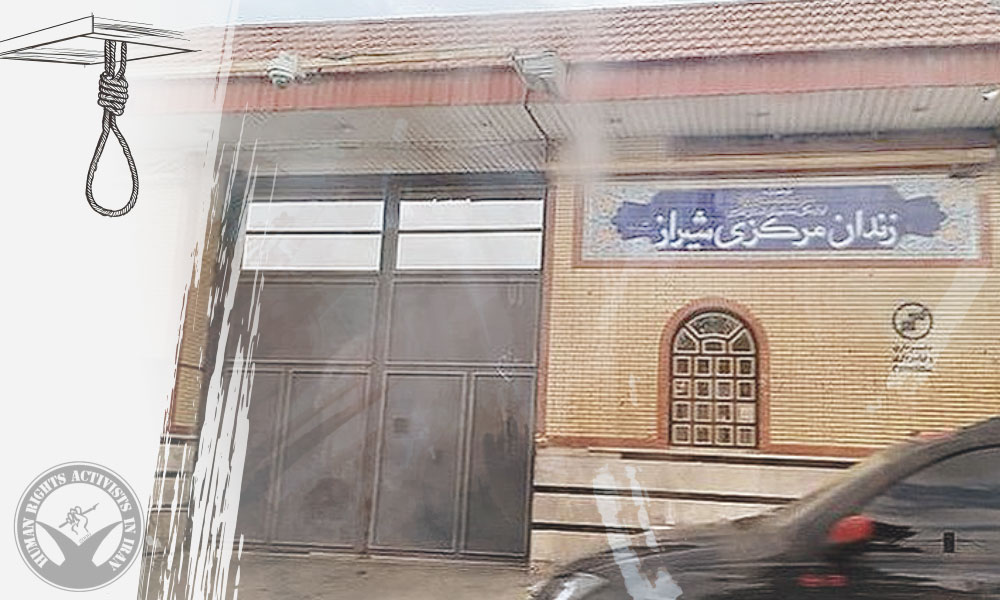HRANA – The Supreme Court has overturned the death sentences of Rezgar Beigzadeh Babamiri, Pejman Soltani, Ali (Soran) Ghasemi, Kaveh Salehi, and Teyfour Salimi Babamiri, five individuals arrested during the 2022 nationwide protests, whose execution verdicts had previously been issued by the Urmia Revolutionary Court.
Following the ruling, the cases of these individuals have been referred to the Mahabad Revolutionary Court for retrial. It is worth noting that Salimi Babamiri, after being temporarily released, has since left Iran.
These five individuals were tried in a joint case by Branch 1 of the Urmia Revolutionary Court and sentenced to death and imprisonment. The charges against them included “armed rebellion (baghi),” “enmity against God (moharebeh),” and “leadership and formation of an armed insurgent group.” According to the original verdicts, four of them had been sentenced to death more than once. The verdicts were delivered to their defense attorneys on Monday, July 7, 2025.
Specifically, Ghasemi, Soltani, and Salehi were each sentenced to death three times on the charges of baghi, moharebeh, and forming and leading an insurgent group; Rezgar Bigzadeh Babamiri was sentenced to death twice; and Tifour Salimi Babamiri received one death sentence for forming and leading an insurgent group. In addition, eight other defendants in the same case were sentenced to prison terms and fines.
Currently, Soltani, Rezgar Babamiri, Salehi, and Ghasemi are being held in Urmia Prison. These individuals had previously been sentenced respectively to death, 15 years in prison, and 10 years in prison on the charge of “killing a security agent.”
They were arrested in April 2023, while Tifour Salimi Babamiri was detained in March 2023. Salimi Babamiri was released approximately 18 months after his arrest.













